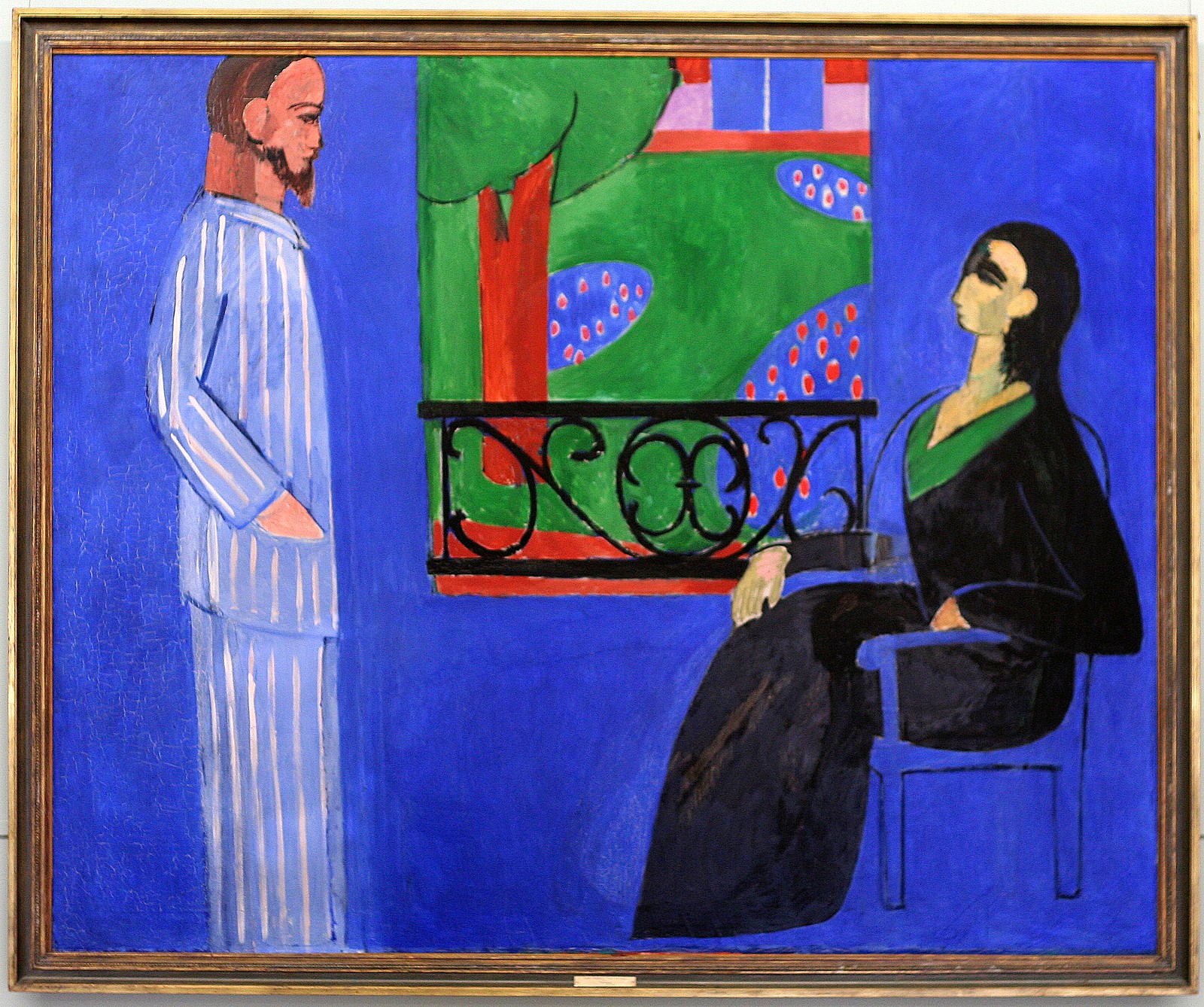 |
| Alfred Sisley, The Church of Moret, 1893 |
But then, I stumbled upon The Church of Moret, the namesake and inspiration for a series of no less than six pieces all of the same church, even at the same angle. The incredible thing he does is make one building seem like it's in a whole different world. His landscapes clearly demonstrate technique and skill, but this series of paintings, specifically Rainy Morning, shows that Sisley may have had a lot more up his sleeves than just landscapes. These are some of his latest attributed pieces and the viewer can notice his changed style, especially in the harsher brushstrokes and deeper contrasts in this second piece.
After seeing this series of paintings, I found plenty of the appreciation for Sisley that I thought I should have had in the first place. It may have come from a different place, but I have found that the artists I enjoy the most have revealed themselves to me in that way. I always enjoyed Van Gogh, but I did not rave about him until I luckily stumbled upon the right piece. With Sisley, I was clearly lucky in that way as well.
 |
| Alfred Sisley, The Church at Moret, Rainy Morning, 1893 |









